Back in the year 2000, Epsilon Eridani b was discovered. It is a Jupiter-like exoplanet 10.5 light years away but it has taken decades of observations to learn more about the planet. One thing that remains a mystery is it’s orbit which, until recently has been unknown. There has never been a direct image of the planet either, so now, it’s the turn of JWST to see what it can do.
Continue reading “Astronomers Try to Directly Observe Epsilon Eridani b. No Luck. Maybe Webb Can Find it?”The Aquarius Constellation
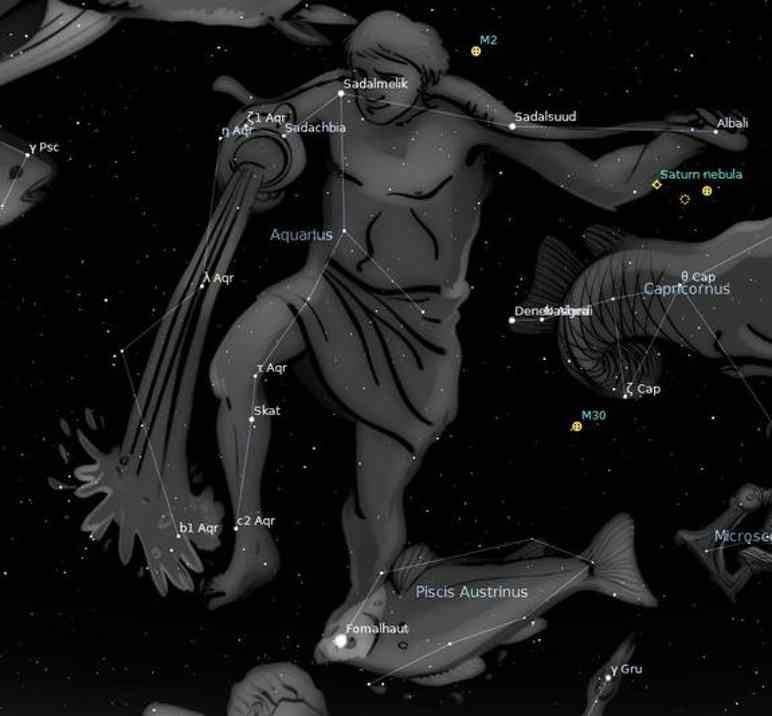
Welcome back to Constellation Friday! Today, we will be dealing with one of the best-known constellations, that “watery” asterism and section of the sky known as Aquarius. Cue the soundtrack from Hair!
In the 2nd century CE, Greek-Egyptian astronomer Claudius Ptolemaeus (aka. Ptolemy) compiled a list of all the-then known constellations. This work (known as the Almagest) would remain the definitive guide to astronomy and astrology for over a thousand years. Among the 48 constellations listed in this book was Aquarius, a constellation of the zodiac that stretches from the celestial equator to the southern hemisphere.
Also known as the “Water Carrier”, Aquarius is bordered by Pegasus, Equuleus and Delphinus at the north, Aquila to the west, Capricornus to the south-west, Piscis Austrinus and Sculptor to the south, Cetus to the east and Pisces to the north-east. Today, it is one of the 88 constellations recognized by the International Astronomical Union (IAU), and is perhaps the most referenced and recognized of all the constellation.
Continue reading “The Aquarius Constellation”
Observing Challenge: How to See Asteroid Hebe, Mother of Mucho Meteorites
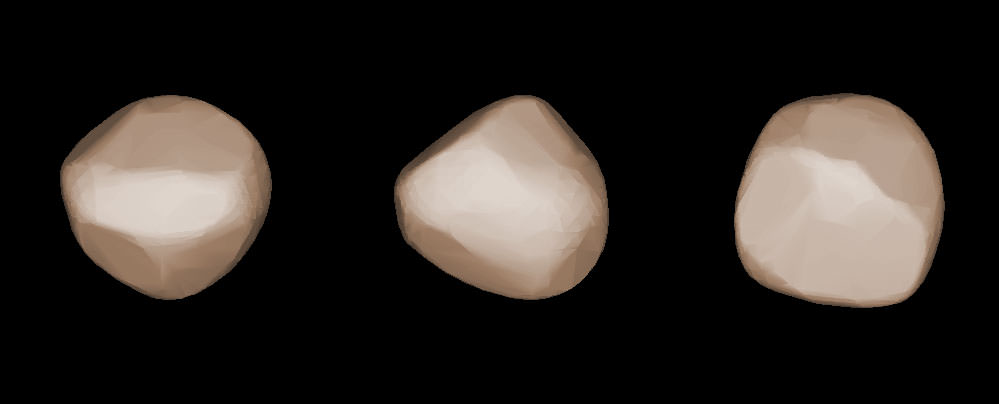
In the reeds that line the banks of the celestial river Eridanus, you’ll find Hebe on the prowl this month. Discovered in 1847 by German amateur astronomer Karl Ludwig Hencke , the asteroid may hold the key to the origin of the H-chondrites, a large class of metal-rich stony meteorites found in numerous amateur and professional collections around the world. You can now see this interesting minor planet with nothing more than a pair of binoculars or small telescope.
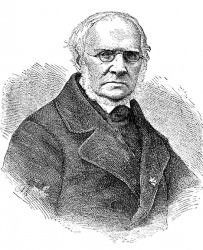
The first four asteroids – Ceres, Pallas, Juno and Vesta – were discovered in quick succession from 1801 to 1807. Then nothing turned up for years. Most astronomers wrongly assumed all the asteroids had been found and moved on to other projects like measuring the orbits of double stars and determining stellar parallaxes. Nothing could have been further from the truth. Hencke, who worked as a postmaster during the day, doggedly persisted in sieving the stars for new asteroids in his free time at night. His systematic search began in 1830. Fifteen years and hundreds of cold nights at the eyepiece later he turned up 5 Astrae (asteroid no. 5) on Dec. 8, 1845, and 6 Hebe on July 1, 1847.

Energized by the finds, astronomers returned to their telescopes with renewed gusto to join in the hunt once again. The rest is history. As of November 2014 there are 415,688 numbered asteroids and a nearly equal number of unnumbered discoveries. Fittingly, asteroid 2005 Hencke honors the man who kept the fire burning.
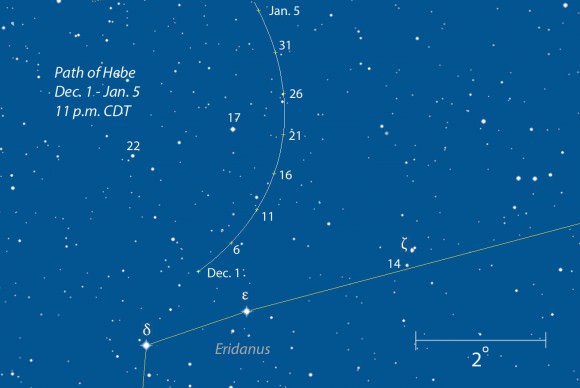
At 120 miles (190 km) across, Hebe is one of the bigger asteroids (officially 33rd in size in the main belt) and orbits the Sun once every 3.8 years. It will be our guest this final month of the year shining at magnitude +8.2 in early December, +8.5 by mid-month and +8.9 when you don your party hat on New Year’s Eve. All the while, Hebe will loop across the barrens of Eridanus west of Orion. Use the maps here to help track it down. I’ve included a detailed color map above, but also created a “black stars on white” version for those that find reverse charts easier to use.
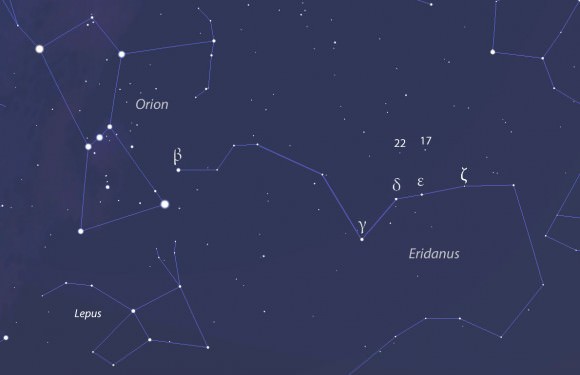
In more recent times, Hebe’s story takes an interesting turn. Through a study of its gravitational nudges on other asteroids, astronomers discovered that Hebe is a very compact, rocky object, not a loosey-goosey pile of rubble like some asteroids. Its high density provides strong evidence for a composition of both rock and iron. Scientists can determine the approximate composition of an asteroid’s surface by studying its reflectance spectrum, or what colors or wavelengths are reflected back from the object after a portion is absorbed by its surface. They use infrared light because different minerals absorb different wavelengths of infrared light. That data is compared to infrared absorptions from rocks and meteorites found on Earth. Turns out, our friend Hebe’s spectrum is a good match to two classes of meteorites – the H-chondrites, which comprise 40% of known meteorites – and the rarer IIE silicated iron meteorites.
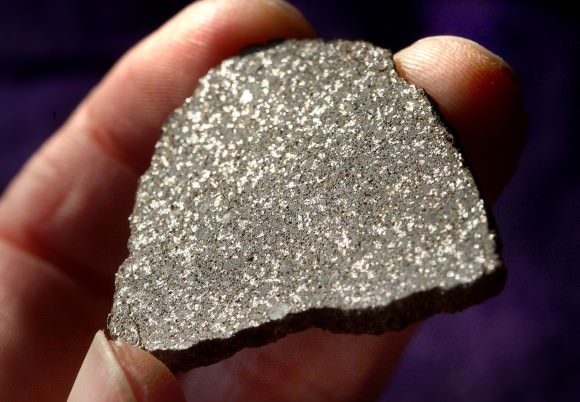
Because Hebe orbits close to an unstable zone in the asteroid belt, any impacts it suffers are soon perturbed by Jupiter’s gravity and launched into trajectories than can include the Earth. When you spot Hebe in your binoculars the next clear night, you might just be seeing where many of the more common space rocks in our collections originated.

